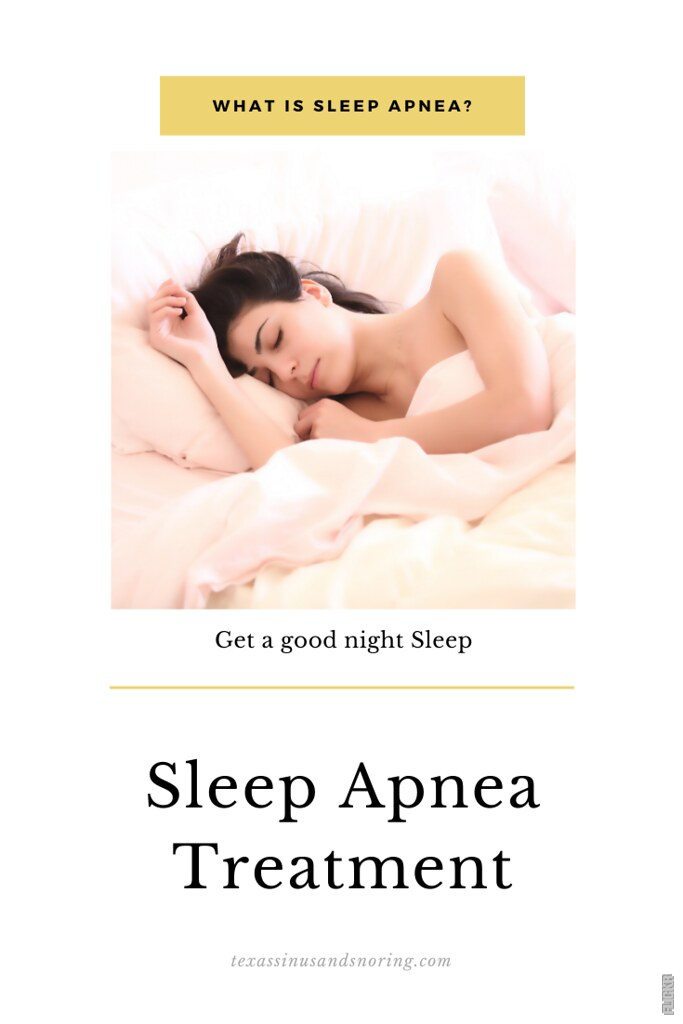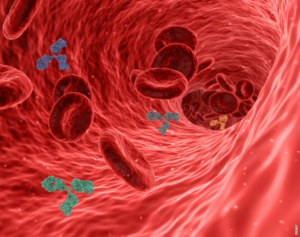The Silent Struggle: Sleep Apnea
Sleep apnea is a mysterious and often undiagnosed sleep disorder that affects millions of people worldwide. With its ability to silently disrupt a person’s breathing patterns during sleep, it poses significant health risks if left untreated.
The Mechanics of Sleep Apnea
Sleep apnea occurs when a person’s airway becomes partially or completely blocked while they sleep, leading to pauses in breathing. These pauses, known as apneas, can last for a few seconds to a minute and can occur multiple times throughout the night. The most common form of sleep apnea is known as obstructive sleep apnea (OSA), where the blockage is caused by the relaxation of the throat muscles.
The Consequences of Untreated Sleep Apnea
If left untreated, sleep apnea can have serious consequences on a person’s overall health and well-being. The constant interruptions in breathing can lead to frequent awakenings throughout the night, resulting in poor quality sleep. This chronic sleep deprivation can contribute to daytime fatigue, difficulty concentrating, and an increased risk of accidents.
Sleep apnea has also been linked to a variety of cardiovascular problems, including high blood pressure, heart disease, and stroke. The repeated drops in blood oxygen levels during apneas put added stress on the heart and can have long-term implications for cardiovascular health.
Diagnosis and Treatment
Diagnosing sleep apnea often requires a sleep study, where a person’s breathing patterns, brain activity, and other vital signs are monitored during sleep. Once diagnosed, treatment options for sleep apnea vary depending on the severity of the condition.
Continuous positive airway pressure (CPAP) therapy is the most common and effective treatment for sleep apnea. It involves wearing a mask over the nose or mouth during sleep, which delivers a continuous flow of air to keep the airway open. Other treatment options include oral appliances that reposition the jaw or surgery to remove excess tissue blocking the airway.
A New Era of Awareness
Despite its prevalence, sleep apnea often goes undiagnosed and untreated. However, awareness of the disorder is growing, thanks to advancements in sleep medicine and increased understanding of its impact on overall health. It is crucial for individuals to recognize the symptoms of sleep apnea, such as loud snoring, morning headaches, and excessive daytime sleepiness, and seek medical attention.
By shedding light on the silent struggle of sleep apnea, we can encourage earlier diagnosis and intervention, ultimately improving the quality of life for those affected by this often overlooked condition.
Post



